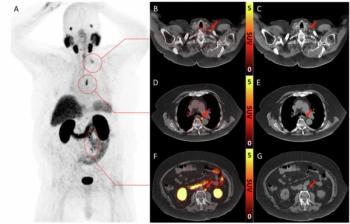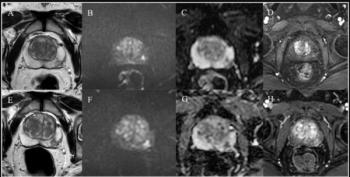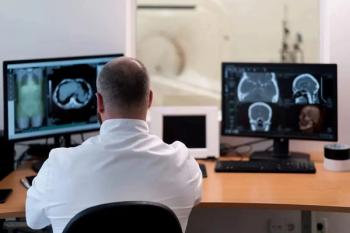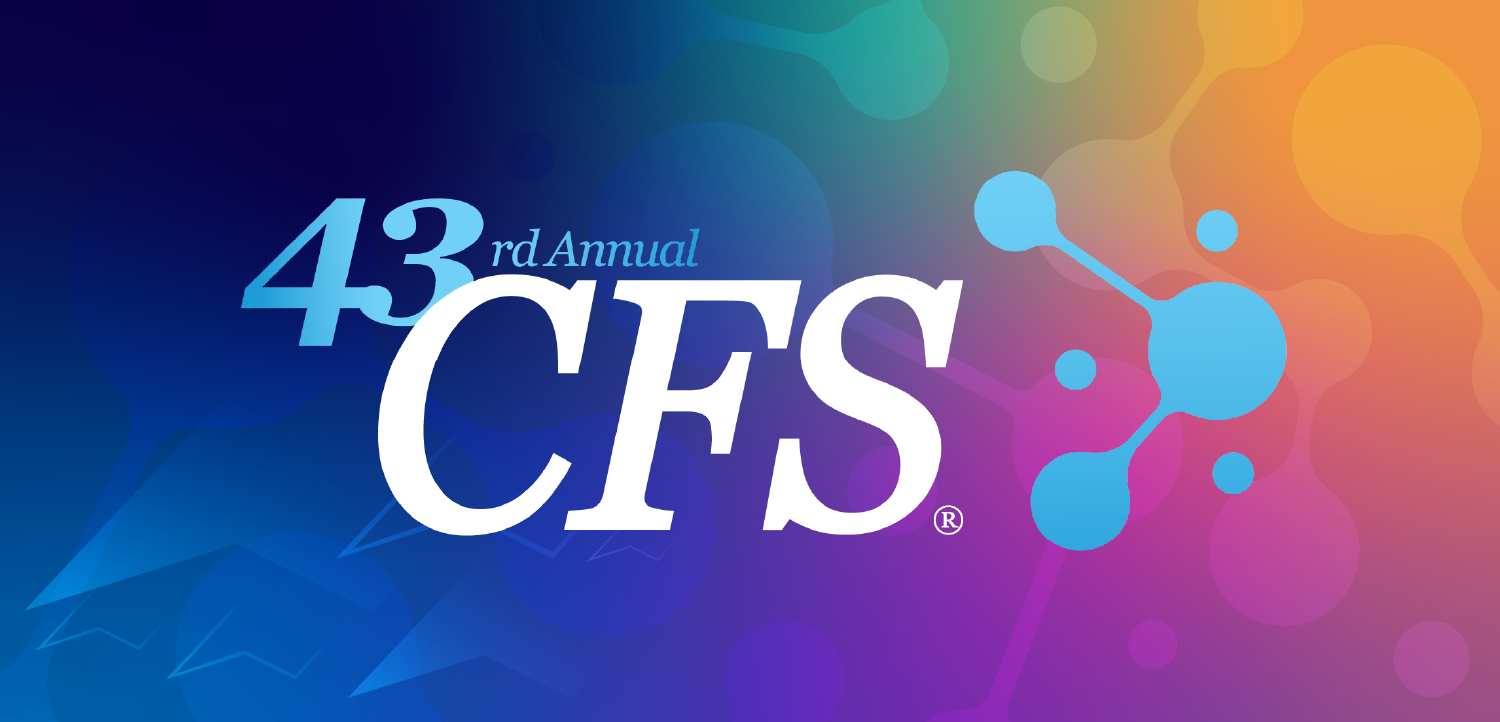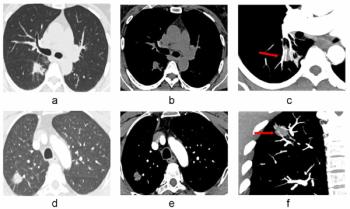
Philips leverages new processing techniques across cardiac cath line
Demand grows rapidly for flat-detector systemData processing software developed by Philips Medical Systems to optimize image quality on its flat-detector cardiac cath system will soon be applied to company products equipped with
Demand grows rapidly for flat-detector system
Data processing software developed by Philips Medical Systems to optimize image quality on its flat-detector cardiac cath system will soon be applied to company products equipped with image intensifiers. The software, called Spirit, combines real-time image processing techniques that work together to enhance the visualization of blood vessels, sharpen images, and reduce noise interference.
Spirit will migrate within the year from the flat-detector version of the Integris Allura 9 to image intensifier configurations, including Allura multifunctional and biplane cath labs. Spirit has been shipping on all Allura flat-detector systems since July.
Allura was commercially launched in March. Customers who purchased the system equipped with a flat detector prior to the availability of Spirit have been upgraded with the new technology, according to Bert van Meurs, Philips' marketing director for cardiovascular systems in Best, the Netherlands.
"These optimizations have become part of the system we manufacture," he said.
Spirit evolved from research conducted at luminary sites in the U.S. and Europe. R&D is continuing at these sites, including Leeds General Infirmary in Leeds, U.K., and Saint Joseph's Hospital of Atlanta. The focus is now on multimodality integration, image quality, and improved image processing capabilities.
Spirit is particularly useful when scanning large patients over varying density backgrounds, such as the spine, diaphragm, and lung fields. Settings can be customized to suit individual physicians.
Image harmonization technology enhances details while minimizing differences between dark areas such as the spine and bright areas such as the lungs. This corrects for over- and underexposed areas and makes blood vessels crisper and more pronounced, according to the company, while keeping nonessential information in the background. Consequently, the clinician can view a more realistic impression of the vessel with better visualization of small objects, such as stents, as well as dissections, van Meurs said. Edge detection algorithms better define the boundaries of the vessels, while noise reduction techniques are applied to improve the visualization of the vessels and stents within them.
The Allura is a success for Philips from a marketing perspective as well as a technological one. Since its commercialization, Philips has taken orders for more than 100 Allura cath labs with flat detectors, making it one of the most successful cath lab product launches in the company's history, according to van Meurs. Philips will likely deliver 45 or more of these systems in the fourth quarter of this year.
"We are now very optimistic about the reliability of the detectors and the stability of the manufacturing process at our supplier, Trixell," he said. "We are able to ship quantities of flat-detector systems without any limitation."
Demand for flat-detector systems is taking off faster than initially expected, van Meurs said. The number of systems configured with flat detectors is still less than those with image intensifiers.
"However, we think that balance will change rapidly," he said.
Newsletter
Stay at the forefront of radiology with the Diagnostic Imaging newsletter, delivering the latest news, clinical insights, and imaging advancements for today’s radiologists.


